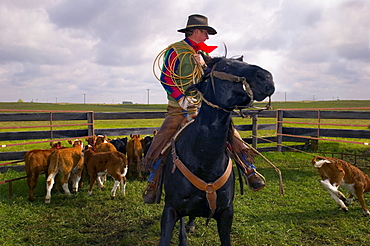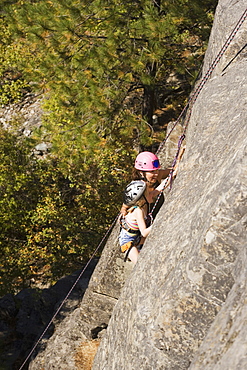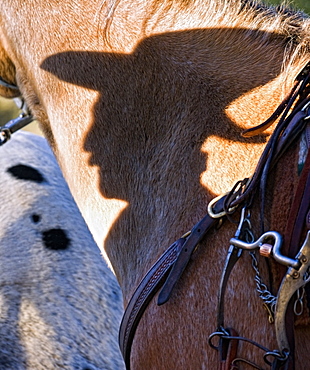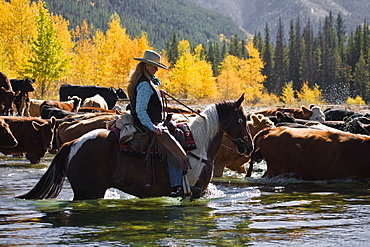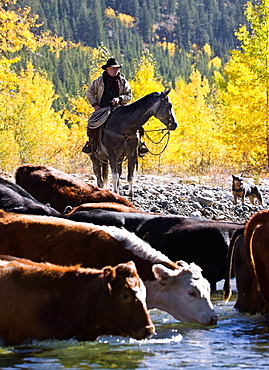Recent searches
Loading...
1116-52665 - A Couple Smiling And Holding Hands In A Restaurant
1116-52640 - Businesswoman In Office With Crushed Pile Of Paper On Floor
1116-52664 - Front View Of A Couple Drinking In A Restaurant
1116-52638 - Two Women In Office Working At Computers
1116-52639 - Businesswoman Facing Corner In Office
1116-52654 - Young Woman Twisting Head And Swinging Corn Braids
1116-49937 - Young Woman In Foreground, Young Man In Background, On Sailboat, Clear Lake, Riding Mountain National Park, Manitoba, Canada
1116-43340 - Maasai youth with traditional face paint signifying that he has completed the initiation process for entering adulthood the Ngorongoro Conservation Area, Tanzania
1116-42068 - Young Girl (Age 7) Preparing To Climb While Father Belays At Stone Hills Near Rexford, Montana, Usa
1116-42064 - Mother And Children Enjoy View At Waterton Lakes National Park, Alberta Canada
1116-42065 - Mother And Daughter Enjoy View At Waterton Lakes National Park, Alberta Canada
1116-42080 - Young Woman Climbing With Daughter (Age 7) Up Granite Cliff At Stone Hills Near Rexford, Montana, Usa
1116-42078 - Mid-Age Man Climbing With Daughter (Age 5) Up Granite Cliff At Stone Hills Near Rexford, Montana, Usa
1116-42067 - Mid-Aged Man Helping Daughter Tie Climbing Rope At Base Of Cliff, Near Rexford, Montana, Usa
1116-42079 - Young Woman Climbing With Daughter (Age 7) Up Granite Cliff At Stone Hills Near Rexford, Montana, Usa
1116-42075 - Young Woman Climbing With Daughter (Age 7) Up Granite Cliff At Stone Hills Near Rexford, Montana, Usa
1116-42076 - Young Woman Climbing With Daughter (Age 7) Up Granite Cliff At Stone Hills Near Rexford, Montana, Usa
1116-42069 - Young Girl (Age 7) Preparing To Climb While Father Belays At Stone Hills Near Rexford, Montana, Usa
1116-42077 - Young Woman Climbing With Daughter (Age 7) Up Granite Cliff At Stone Hills Near Rexford, Montana, Usa
1116-42066 - Mother And Children Enjoy View At Waterton Lakes National Park, Alberta Canada
1116-41555 - Woman On Public Dock Clear Lake, Canada, Manitoba, Riding Mountain National Park
1116-41537 - Woman Walking On Beach And Small Boat, New Jersy, Usa.
1116-40295 - Man With Umbrella Standing By Boardwalk, Yorkshire, England
1116-40236 - Hiking, Napali Coast State Park, Kauai, Hawaii
1116-40770 - Cowboy On His Horse With His Dog, Alberta, Canada
1116-40775 - Man Holding A Wakeboard, Wakeboarder In Shorts In The Snow
1116-40788 - Woman And Water, Woman Sitting On A Bench Looking At A Body Of Water
1116-40692 - Middle North Falls, Silver Falls State Park, Oregon, Usa, Hiker
1116-40705 - Silhouette Of A Man, Man Pulling A Toboggan
1116-40713 - Mother Pulling Daughter Up Snowy Hill On Sled
1116-40789 - Mother And Daughters Walking Together, Maui, Hawaii, Usa
1116-40771 - Cowboy Herding Cattle Across River, Alberta, Canada
1116-39403 - Hiker Standing In Bright Sun, Sierra Nevadas, California
1116-39400 - Fishermen Casting From A Dock On A Foggy Morning, Trillium Lake, Oregon
832-370854 - Bar Mitzvah, beginning of Jewish adulthood for boys, Wailing Wall, old town of Jerusalem, Israel, Middle East
832-370853 - Torah scroll standing on the table for the bar mitzvah, beginning of Jewish adulthood for boys, Wailing Wall, old town of Jerusalem, Israel, Middle East
832-370855 - Bar Mitzvah, beginning of Jewish adulthood for boys, Wailing Wall, old town of Jerusalem, Israel, Middle East
1116-5931 - Capri, Italy; Woman Riding Chairlift To The Top Of Monte Solaro
1116-5206 - Fairy Falls, Columbia River Gorge, Oregon, Usa
1116-5936 - Positano, Campania, Italy; Woman Looking Out At The City
1116-3925 - Peruvian Woman In Traditional Clothing With Llama In Cuzco, Peru
1116-5935 - Rome, Italy; Woman Sitting On The Edge Of The Trevi Fountain
1116-4927 - Apo Island Marine Park Negros Oriental Island Philippines Southeast Asia; Scuba Divers
391-5464 - Traditional dress, Shichi-Go-San Festival, Tokyo, Japan
712-1247 - Russian Orthodox Church, Irkutsk, Siberia, Russia
You reached the end of search results


















